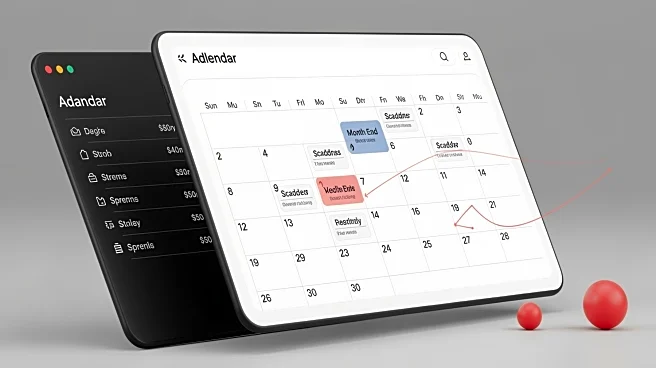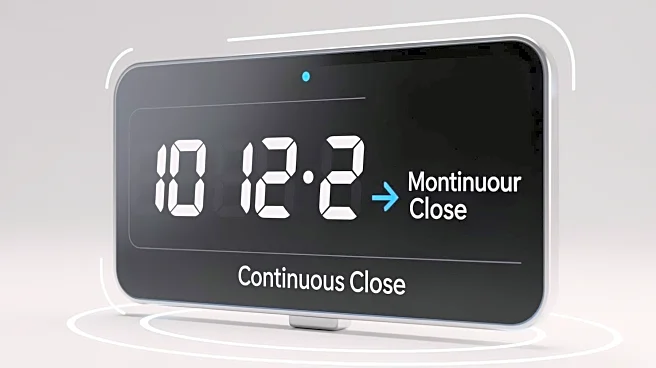What's Happening?
The accounting industry is witnessing a significant shift away from the traditional month-end closing process, a practice that has long been a staple in financial workflows. This change is driven by advancements
in technology, particularly the adoption of real-time bank feeds and automated reconciliation processes. Historically, the month-end close was necessary due to batch-processing constraints, where financial data was reconciled and journal entries were posted at the end of each month. However, with modern software, these processes can now occur continuously, allowing for immediate updates and reducing the need for a hard monthly deadline. According to recent research by the AICPA, continuous close implementations, which utilize automated feeds and real-time ledgers, have become standard, enabling finance teams to maintain up-to-date financial records.
Why It's Important?
The transition to continuous close models has significant implications for the accounting profession and businesses. For accounting firms, this evolution means a shift in focus from retrospective verification to concurrent monitoring, enhancing the value of audits by making findings actionable in real time. This change reduces the manual workload associated with month-end reconciliations, allowing accountants to allocate their time more efficiently. For businesses, maintaining always-current financial statements supports better decision-making and improves financial transparency. The move away from traditional month-end deadlines also aligns with the SEC's requirements, which do not mandate monthly closes but emphasize timely quarterly and annual reporting. This shift could lead to more agile financial operations and potentially lower costs associated with financial reporting.
What's Next?
As more firms adopt continuous close models, the accounting industry may see a broader transformation in how financial data is managed and reported. Companies are likely to continue automating high-volume reconciliation tasks, such as those for bank accounts and credit cards, to further reduce the workload associated with financial closes. Additionally, the focus may shift towards compressing review cycles from monthly to weekly, allowing for quicker identification and resolution of financial discrepancies. This ongoing evolution could lead to a redefinition of the roles and responsibilities within finance teams, emphasizing real-time data analysis and strategic decision-making over traditional bookkeeping tasks.
Beyond the Headlines
The move towards continuous close models may also have cultural and ethical implications within the accounting profession. As technology takes over routine tasks, accountants may need to develop new skills in data analysis and strategic planning. This shift could also raise questions about data security and the ethical use of financial information, as real-time data access becomes more prevalent. Furthermore, the change may influence the educational requirements for future accountants, with a greater emphasis on technology and data management skills.












